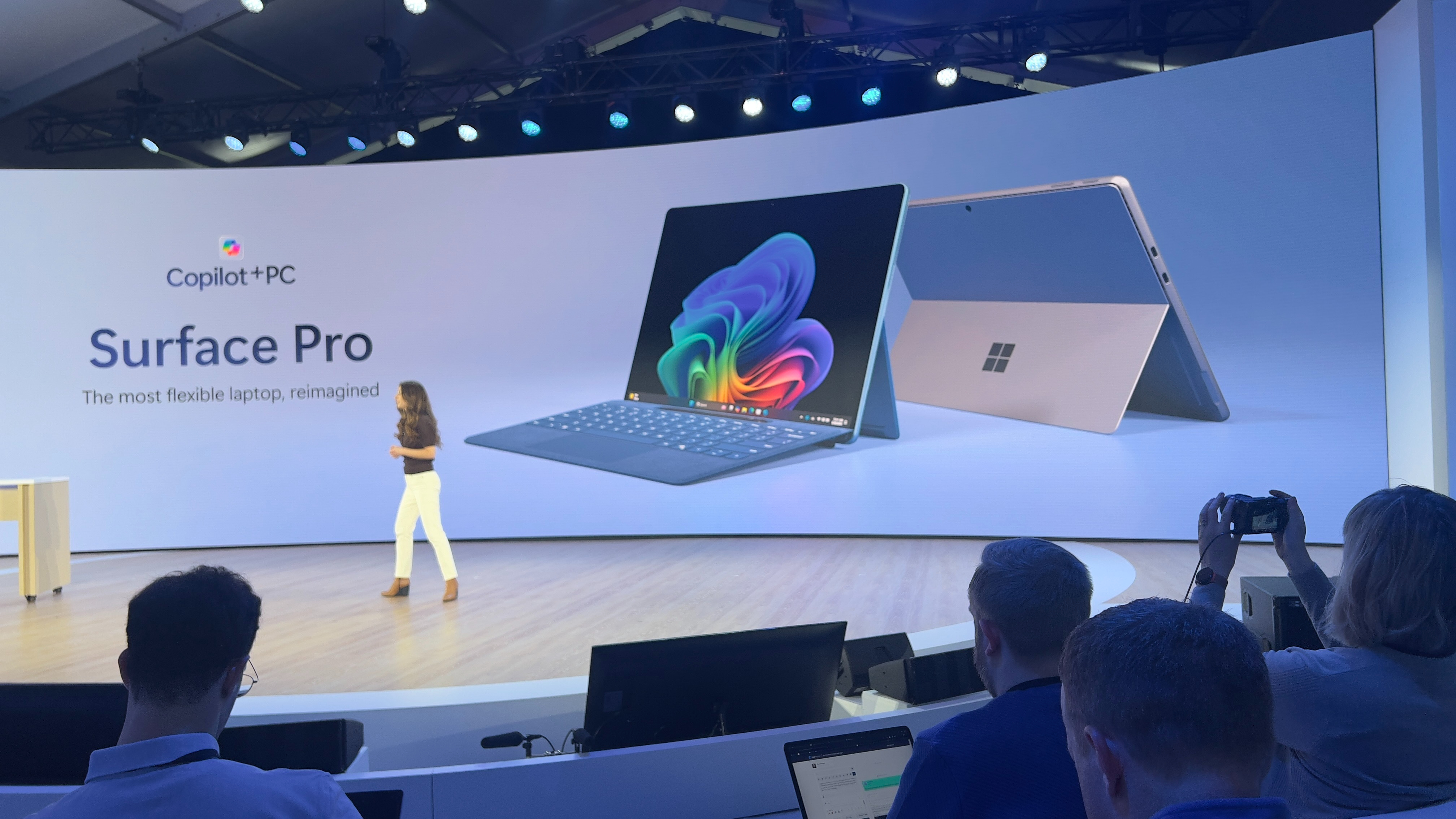This is how I plan to explain AI PC to my confused friends and relatives

It occurred to me this morning that I will soon be explaining to a friend or relative what an “AI PC” is and what they’re meant to do with it.
The answer seems obvious to me because I’ve been covering AI and PCs for decades. But as I try to articulate the meaning, I stumble:
- “A smarter PC?”
- “A more proactive PC”?
- “A PC with ‘Her’ inside”?
None of that comes close to capturing it. What makes more sense is this:
“A PC that works the way they promised it would when we first started computing.”
Instead of a dense box full of information, memories, and apps that can go through it all, it’s a wonder box that anticipates your intentions, takes actions on your behalf, and never leaves you wondering, “How do I do that?”
Granted the AI PCs you’ll see this summer are still not quite that. However, there will be hints of that power and potential.
Microsoft’s one-button Copilot access across the new Surface Windows PCs it builds, and myriad partner laptops and desktops are not just marketing stunts. The Copilot button might initially be considered a ”when all else fails button.” You hit it, and Copilot might rescue you because it lets you ask your question in a way that makes sense to you. An AI PC will know itself as you know yourself. It will know more about the compute’s inner workings, settings, and AI-compliant apps than you do and might not make you wade through apps, settings, and menus to get results.
Sign up for breaking news, reviews, opinion, top tech deals, and more.
This might be better
Any application’s menu system is a developer’s best guess at the intentions of millions of users, and when you try to satisfy everyone, you usually satisfy no one.
AI-integrated machines will outstrip the rudimentary intelligence of your average PC and apps with something approaching human reasoning. This act could make your PC like the digital partner you always wanted. Unlike tiny AI-infused gadgets like Rabbit R1 and Humane AI, they won’t insist you learn a new usage paradigm. These AI PCs look like your old PCs, which means you use them as you want, in whatever way makes you happy, and tap into that new AI superpower on an as-needed basis.
If my friends and relatives also ask about how the PC can be so smart, where all that intelligence resides, and if every question they ask ends up in the hands of a third party, that’s when the conversation might get a little more complicated.
Breaking down this complex issue, I’d explain that most AI PCs will take a half-and-half approach. Some intelligence will be right there, in the brand new AI Brain or NPU, but the rest could reside on cloud servers owned by Microsoft, Apple, or even Google. Choosing your new AI PC will come down to who you trust to keep your queries private.
I’m also pretty sure this explanation will hold up next month when Apple introduces its own AI Macs (they’re also PCs, by the way)
Yeah, this is what I’ll say if someone asks me.
You Might Also Like

A 38-year industry veteran and award-winning journalist, Lance has covered technology since PCs were the size of suitcases and “on line” meant “waiting.” He’s a former Lifewire Editor-in-Chief, Mashable Editor-in-Chief, and, before that, Editor in Chief of PCMag.com and Senior Vice President of Content for Ziff Davis, Inc. He also wrote a popular, weekly tech column for Medium called The Upgrade.
Lance Ulanoff makes frequent appearances on national, international, and local news programs including Live with Kelly and Mark, the Today Show, Good Morning America, CNBC, CNN, and the BBC.